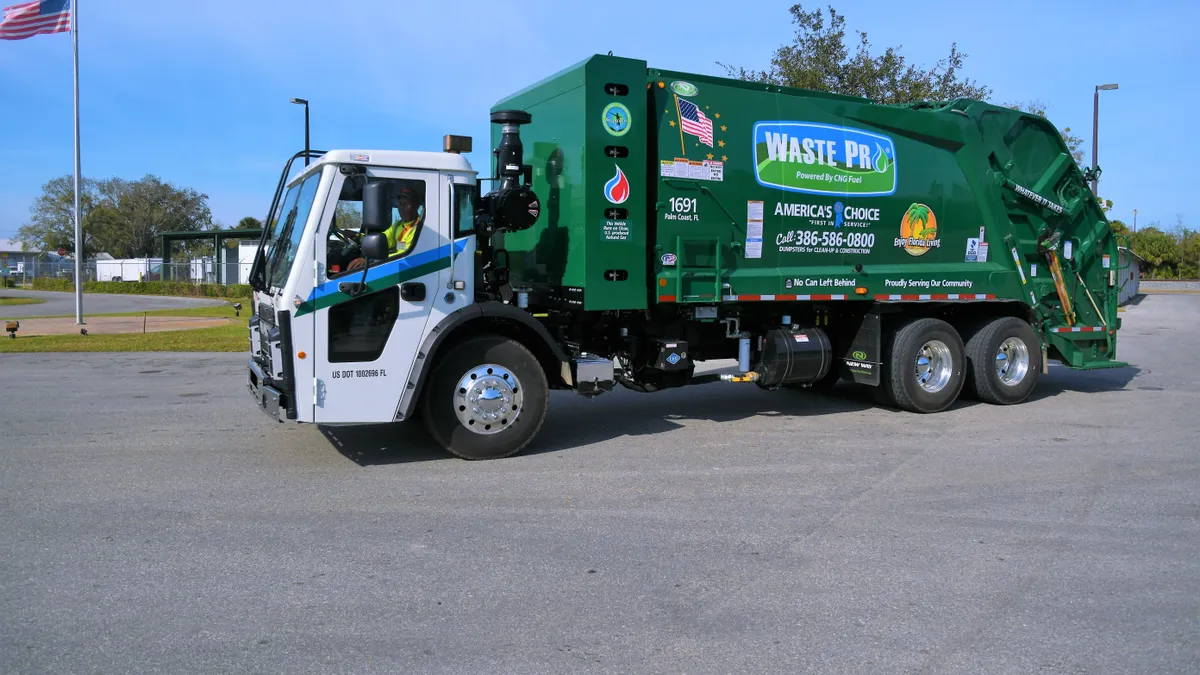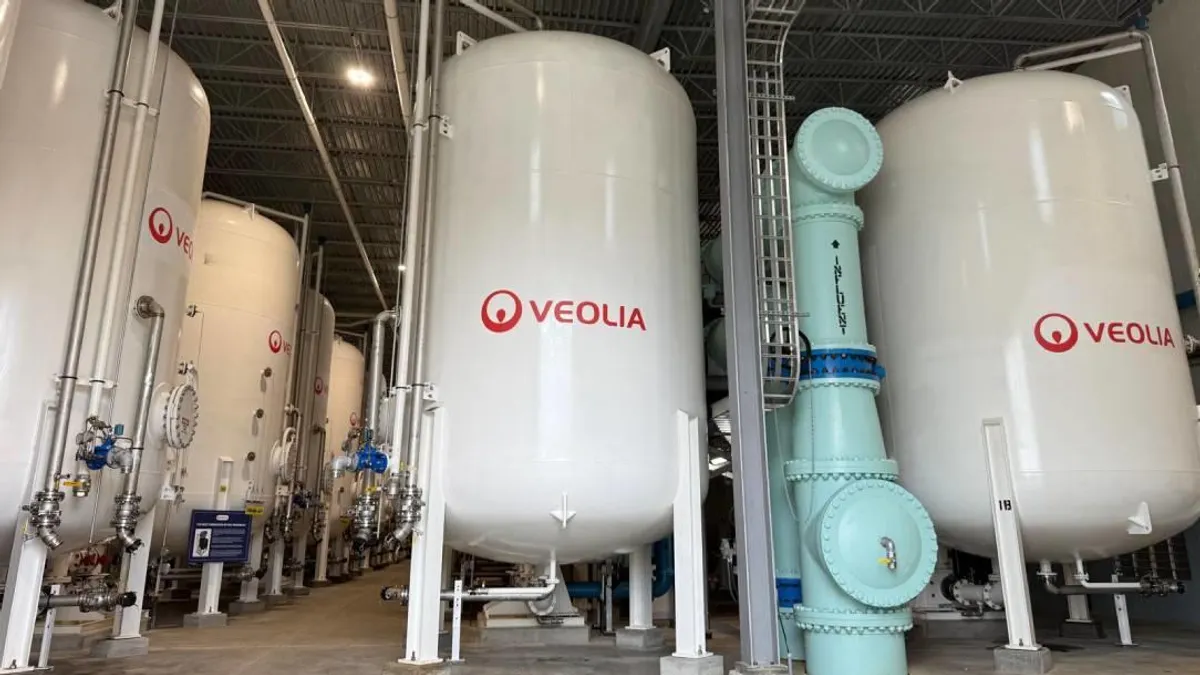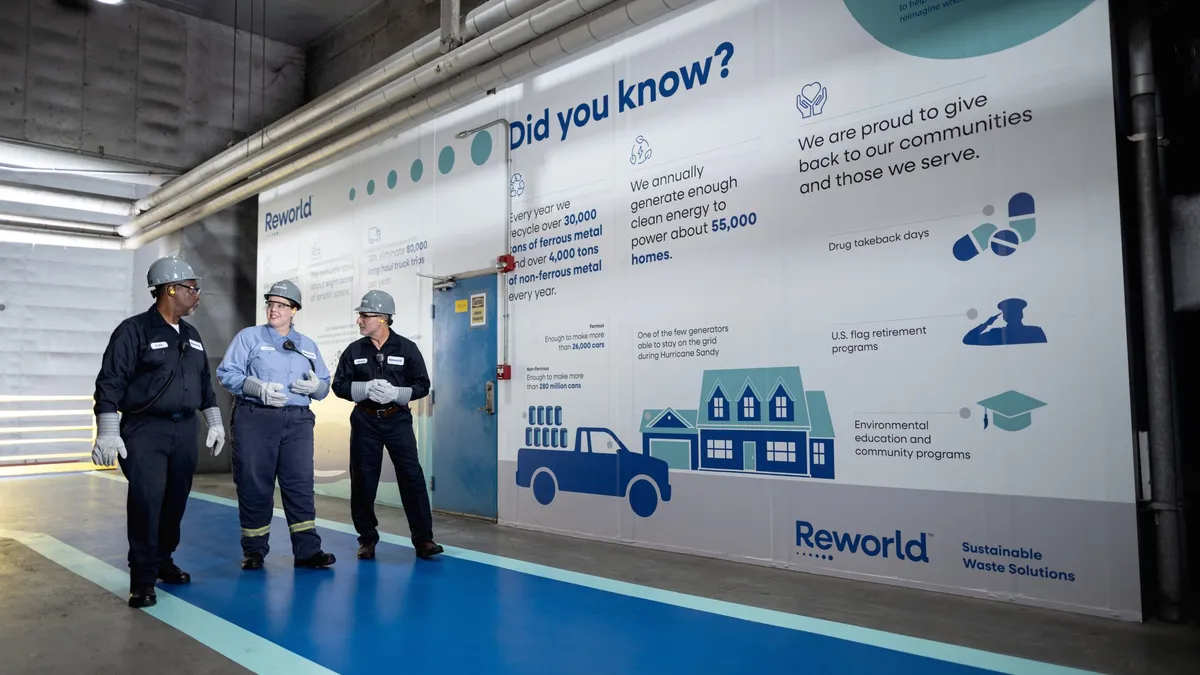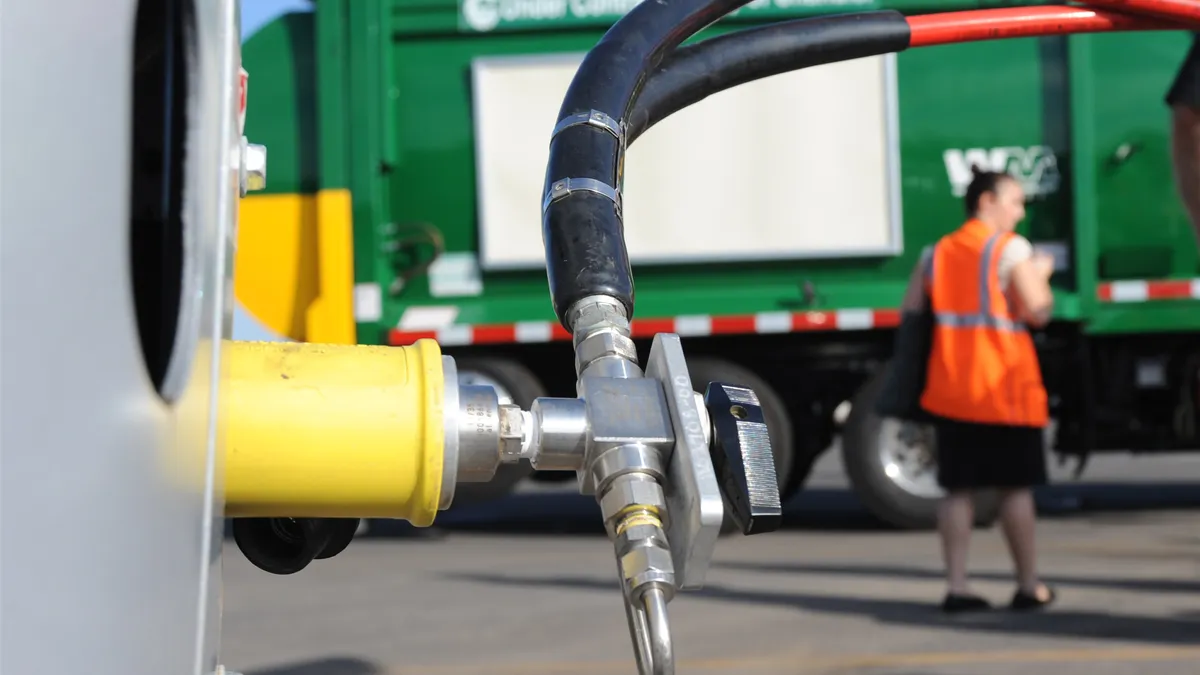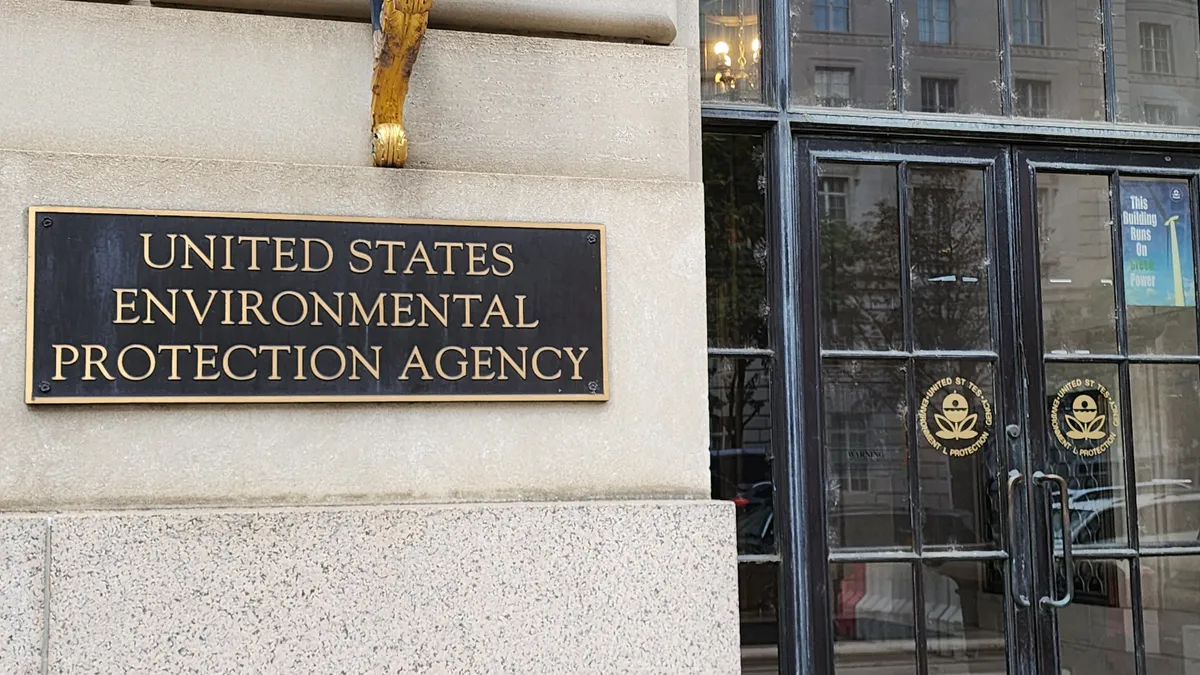Editor's Note: The following is a contributed piece. More information on what that entails, and how you can submit one, is available here.
The Hazardous Waste Electronic Manifest Establishment Act (e-Manifest Act) was enacted by Congress in 2012, requiring the EPA to establish a national electronic manifesting system to reduce costs and improve regulatory oversight and data quality, and regulations took effect on June 30.
The e-Manifest Act creates a centralized national manifest database that can be accessed in real-time by the regulated community and decreases the EPA’s labor cost of processing paper and funding the system through usage fees. Additionally, the e-Manifest Act removes the need for generators, transporters and treatment, storage, and disposal facilities (TSDFs) to provide manifest information to state regulatory agencies who will instead be able to access information for their jurisdictions in the national e-Manifest system.
In order to manage hazardous and non-hazardous solid waste, the Resource Conservation and Recovery Act (RCRA) was created. The EPA requires a RCRA manifest, a multi-copy paper form, to track hazardous waste from the time it leaves the generating facility to when it reaches the off-site waste management facility that will treat, store and dispose of it. This helps the EPA verify proper waste handling and recordkeeping.
Here are the key topics that industry executives should know for compliance:
Future of Paper
While the e-Manifest Act was enacted this summer, the EPA will not phase out paper manifests completely until June 30, 2023. Paper shipping copies will still be required by the U.S. Department of Transportation (DOT) for all hazardous materials until/unless they amend Title 40 of the Code of Federal Regulations (CFR) part 263 to allow electronic documents to meet the standard of accessibility.
Fee Structure
With much anticipation from the waste industry, the EPA released the following final fee schedule for the e-Manifest system:
-
$15 per manifest: Paper copy mailed from TSDF to EPA; EPA enters all data points into e-Manifest system.
-
$10 per manifest: PDF of final manifest uploaded by TSDF to e-Manifest system; EPA enters all data points.
-
$6.50 per manifest: PDF of final manifest plus API file of all manifest data points uploaded to e-Manifest system.
-
$5 per manifest: API file of all manifest data points plus Cross-Media Electronic Reporting Rule (CROMERR)-compliant signature files uploaded to e-Manifest system.
The fees will be invoiced to the TSDF on a monthly basis for each manifest they submit to the e-Manifest system, based on the format of the data submittal. The TSDF has 30 days to submit the information to the EPA system after signing off. Within 90 days, the EPA will make that information available to the public.
The fee schedule will be in effect from June 30, 2018 to September 30, 2019.
Some waste management companies are billing costs back to their customers for using the EPA database and inputting all data manually. When working with a waste services provider, consider one that is using its own systems to prevent customers from incurring additional costs.
VSGQ Exemption
The e-Manifest requirements only apply to wastes that are required to ship on a hazardous waste manifest by federal or state regulations. RCRA doesn't require waste from Very Small Quantity Generators (VSQGs) to ship on such a manifest and, as a result, is federally exempted from e-Manifest submission requirements.
However, there are a handful of states that do require waste generated from VSQGs to ship on a hazardous waste manifest. Some states also require waste shipped to a TSDF located in their state to be shipped on a hazardous waste manifest, regardless of whether the generator is a Large Quantity Generator (LQG), Small Quantity Generator (SQG) or VSQG. Be sure to check your specific state regulatory requirements.
Therefore, while all LQG and SQG waste is subject to e-Manifest requirements, VSQG waste will vary by geography in terms of whether it must be submitted to the EPA. It is important that businesses feel confident in their generator status. Working with a company that specializes in regulated waste management can help alleviate any confusion.
Signatures
Signature legibility is going to be of the utmost importance for generators moving forward. The e-Manifest forms will require first and last name signatures, and the printed name must be legible.
For generator sites that do not have electronic signature capability, an electronic manifest can be completed in two ways. First, if the initial transporter who has prepared the waste shipment and manifest has sufficient knowledge of the shipment’s preparation to certify the facts in the generator/offeror certification statement, then they can prepare the shipment and sign the manifest electronically on behalf of the generator.
Second, for those generators without electronic signature capability, they can take part in the hybrid process, which allows the generator to obtain, sign by hand, and retain a paper printout of an electronic manifest that all other handlers sign and complete electronically.
Manifest Form
The EPA is finalizing requirements around a new five-part manifest form to take the place of the current six-part manifest form. Changes include:
-
The top copy is newly designated as “facility to e-Manifest system.”
-
The omission of “facility to destination state,” as states will access required information in the e-Manifest system.
The EPA will continue to allow transporters to use the legacy six-part form until existing inventory has been run through.
While the e-Manifest will be beneficial for the entire waste management industry, there is a lot to know and understand about the new system. The EPA hosts monthly webinars to share the agency’s progress on this initiative and we recommend joining an upcoming webinar, or accessing slides from past ones, here. Additionally, you may register to receive the e-Manifest team’s monthly newsletter.
To learn more about e-Manifest regulations, you can also visit the EPA's website.
Maricha Ellis is vice president of marketing and sales operations for Stericycle Environmental Solutions, whose mission is to assist customers with hazardous waste transportation and disposal, industrial cleanup, household hazardous waste, site restoration and emergency response services.







